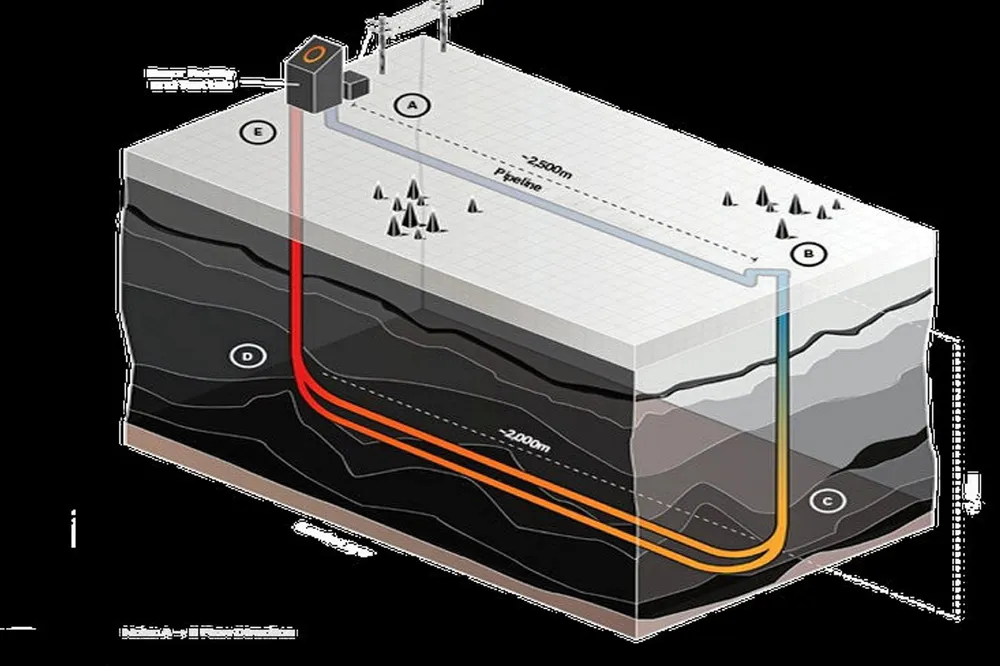BP and Chevron become part-owners of deep-geothermal innovator Eavor
Canadian start-up attracts US$40 million of new funding from six strategic partners that will help support commercialisation of its technology

Canadian start-up attracts US$40 million of new funding from six strategic partners that will help support commercialisation of its technology
